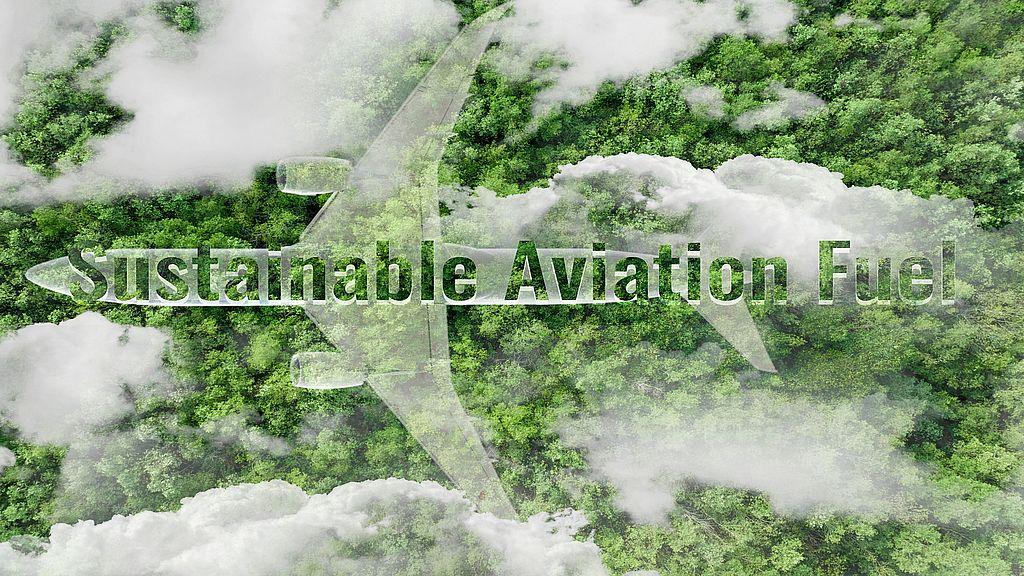SAFs As A Lever For Clean Flight

The aviation industry is pinning its hopes on Sustainable Aviation Fuels (SAFs) to reduce its environmental impact, but significant challenges lie ahead. While SAFs can be blended into the existing fleet today, they typically require at least 50 percent conventional kerosene for safe operation due to the need for certain substances like aromatics, which improve fuel properties. However, most SAFs currently lack these substances and are considered "non-drop-in," presenting a hurdle to their widespread use.
Aromatics in traditional fuels contribute to increased soot particle formation during combustion, leading to the formation of ice crystals and persistent contrails that impact the climate. By reducing the number of particles, increasing the proportion of SAFs in fuel holds promise for mitigating this impact. Future engine designs are expected to eliminate the need for aromatics altogether.
SAFs are predominantly derived from biogenic residues, with various certified production methods in use. Hydro-processing of fats and oils into paraffins, known as HEFA, is a common method, while Power-to-Liquid (PtL) processes show promise by synthesizing hydrocarbons from renewable hydrogen and CO₂. Regions abundant in wind and solar energy are particularly suitable for large-scale synthetic fuel production, with estimates suggesting that a fraction of global desert areas could meet the aviation industry's demand for green energy.
To achieve climate-neutral aviation by 2050, widespread adoption of SAFs in the existing fleet is essential. However, current production levels meet only a fraction of the industry's fuel demand, highlighting the urgent need for scaling up production and investment in infrastructure. Large-scale demonstration plants are crucial for optimizing production processes, while ensuring a sustainable supply of electricity and CO₂ is imperative for market ramp-up.
Despite the challenges, SAFs offer a pathway to significantly reducing the aviation industry's carbon footprint. With concerted efforts and investment, SAFs could play a pivotal role in achieving climate goals while maintaining the viability of air travel.
Learn more here.




